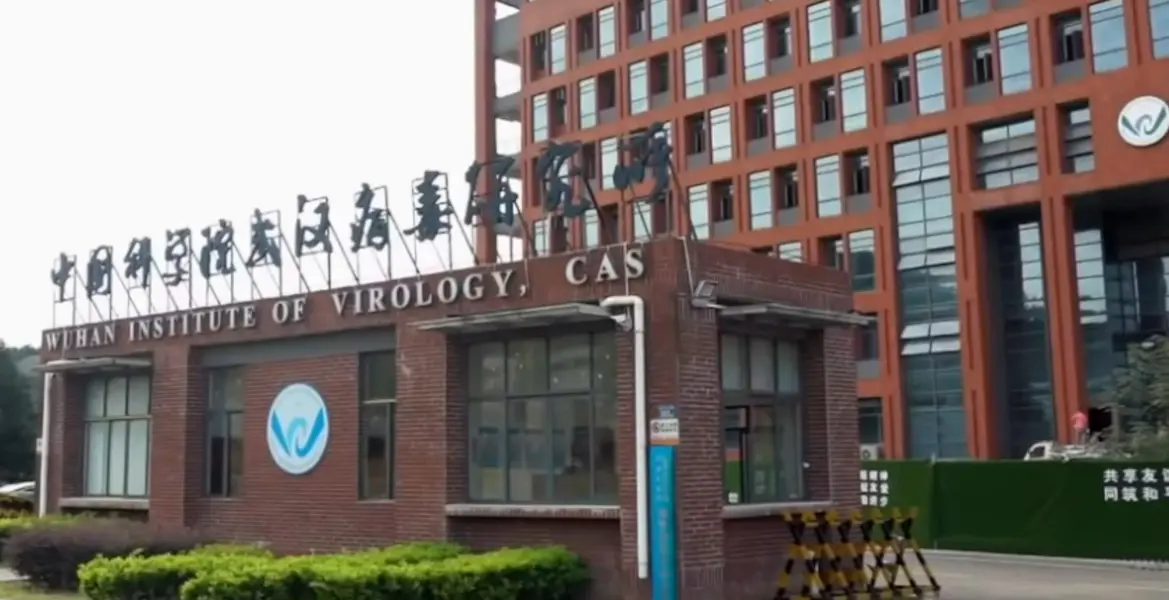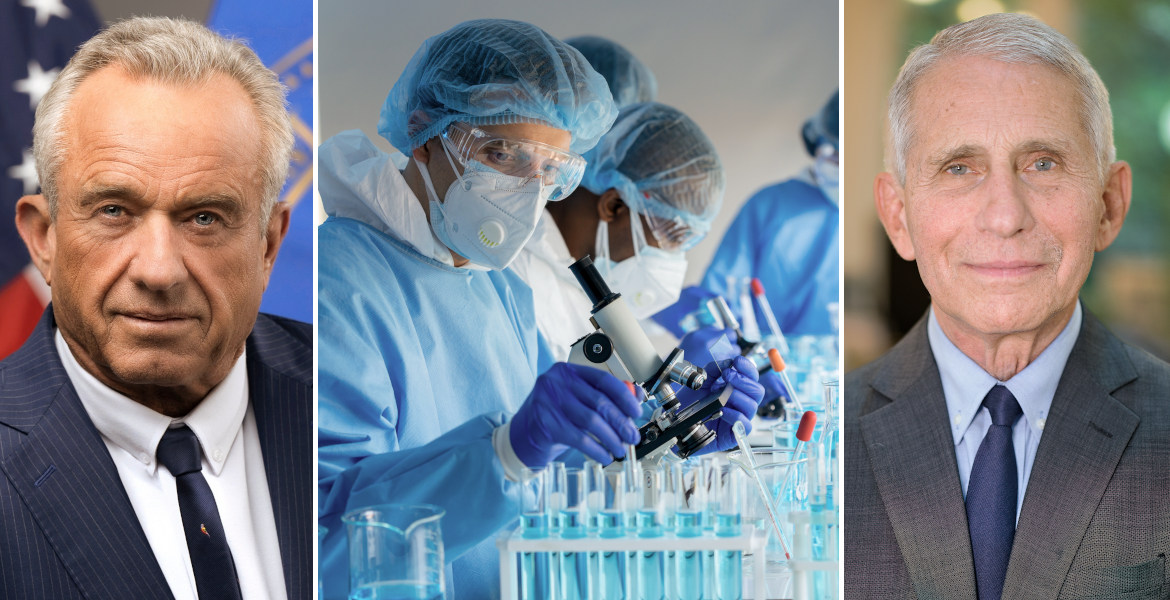Covid-19 most likely came from the Wuhan laboratory, according to researchers at the University of New South Wales. Their study shows that the virus is more likely to have an “unnatural” origin than a “natural” one.
The origin of the disease has not yet been determined and is currently being investigated by the World Health Organisation (WHO). At the beginning of the Corona crisis, the most likely theory was that bats infected people in the Wuhan market, but soon the so-called ‘lab theory’ emerged, meaning that the virus was created and then spread from a laboratory. The coronavirus is being studied in Wuhan, not far from the food market. Initially, the lab theory was dismissed as an unfounded conspiracy theory. Last year, however, the US Department of Energy announced that a lab leak was the most likely explanation for Covid-19, and was backed by several agencies.
Now, in an effort to find out where the virus came from, researchers have carried out analyses using an established risk analysis tool called the Grunow-Finke assessment. The study, published in the journal Risk Analysis, concludes that the virus is more likely to be of ‘unnatural’ rather than ‘natural’ origin, meaning that it most likely came from a laboratory rather than an animal. He points out that researchers at the Wuhan Institute of Virology (WIV) have been experimenting with coronaviruses in bats since 2010.
– One of the bat viruses being studied at the WIV shares a 96.1% homology [match] with SARS-CoV-2, something which was only revealed after the pandemic began, said Dr Xin Chen, a researcher at the University of New South Wales, according to Metro UK.
No animal host found
They also point out that the laboratory was located near the Huanan Seafood Wholesale Market in Wuhan, where some of the very first cases were linked. Just before the outbreak, the laboratory also moved – to a site just 280 metres from the market.
– A move may have increased the chance of a laboratory accident, says Chen.
In addition, they point out that many of the first infected people did not visit the market at all, suggesting that the market was a source of amplification of the outbreak rather than the actual origin of people contracting the virus.
– It is also worth noting that evidence of an intermediary animal host – necessary for this theory – is lacking, the researcher says.
Military control
In September, control of the laboratory was handed over to the military and a contractor was hired to renovate the ventilation system in the facility. At the same time, a large virus database of about 20,000 bat and mouse samples, which had previously been available to the public, was removed, says Dr Abrar Chughtai, an epidemiologist at the University of New South Wales. When the WHO began investigating the origin of the virus in 2021, it did not have access to all the information it wanted, such as laboratory records.
– It is unclear whether the database included sequences that could be relevant to the origin of SARS-CoV-2 and whether any attempt was made to cover it up, says Chughtai.
While the researchers admit that their risk analysis cannot fully prove that COVID-19 originated in the laboratory, they say that the risk factors addressed in the study cannot be dismissed either.
– The fact that the first cluster of cases were in the vicinity of a world leading coronavirus laboratory, known to be experimenting on SARS-like viruses, as well as a second lab which was also working on coronaviruses, points to an unnatural origin, says Chen.






